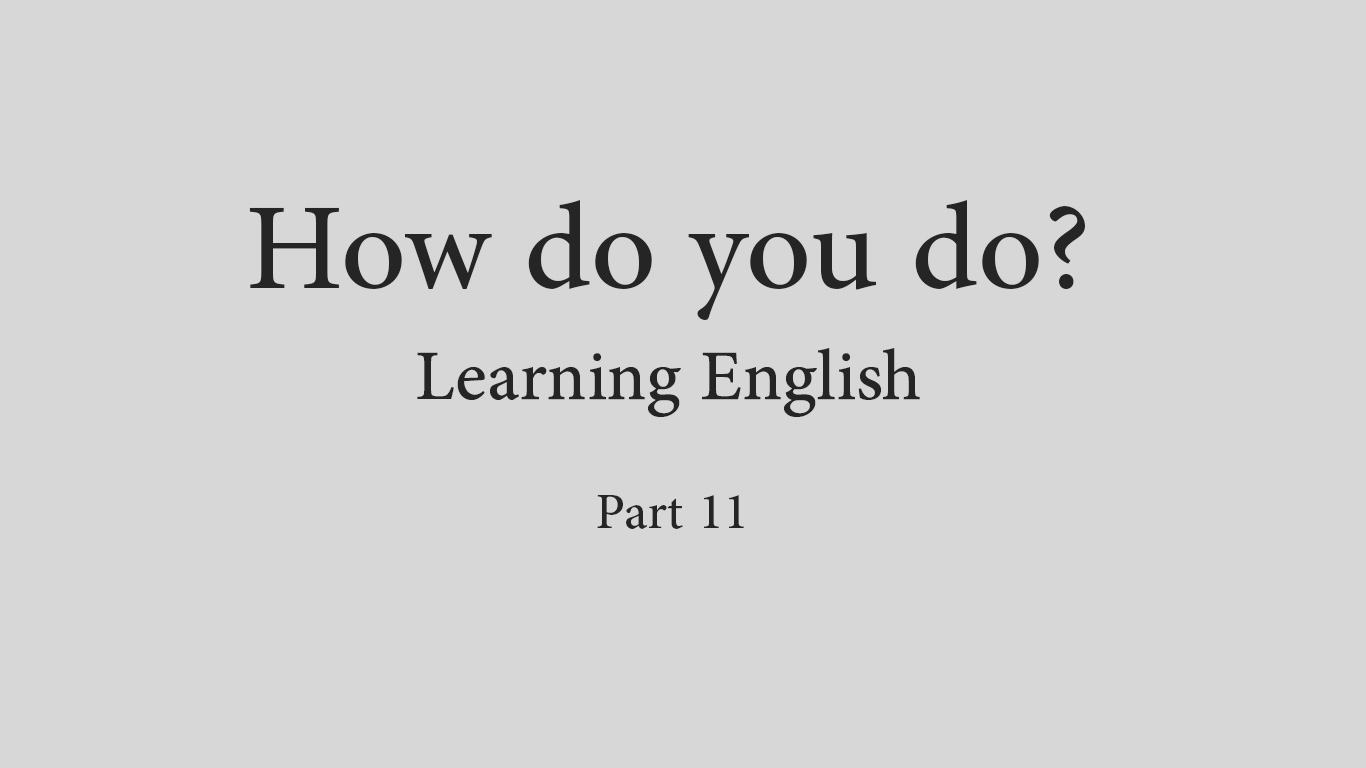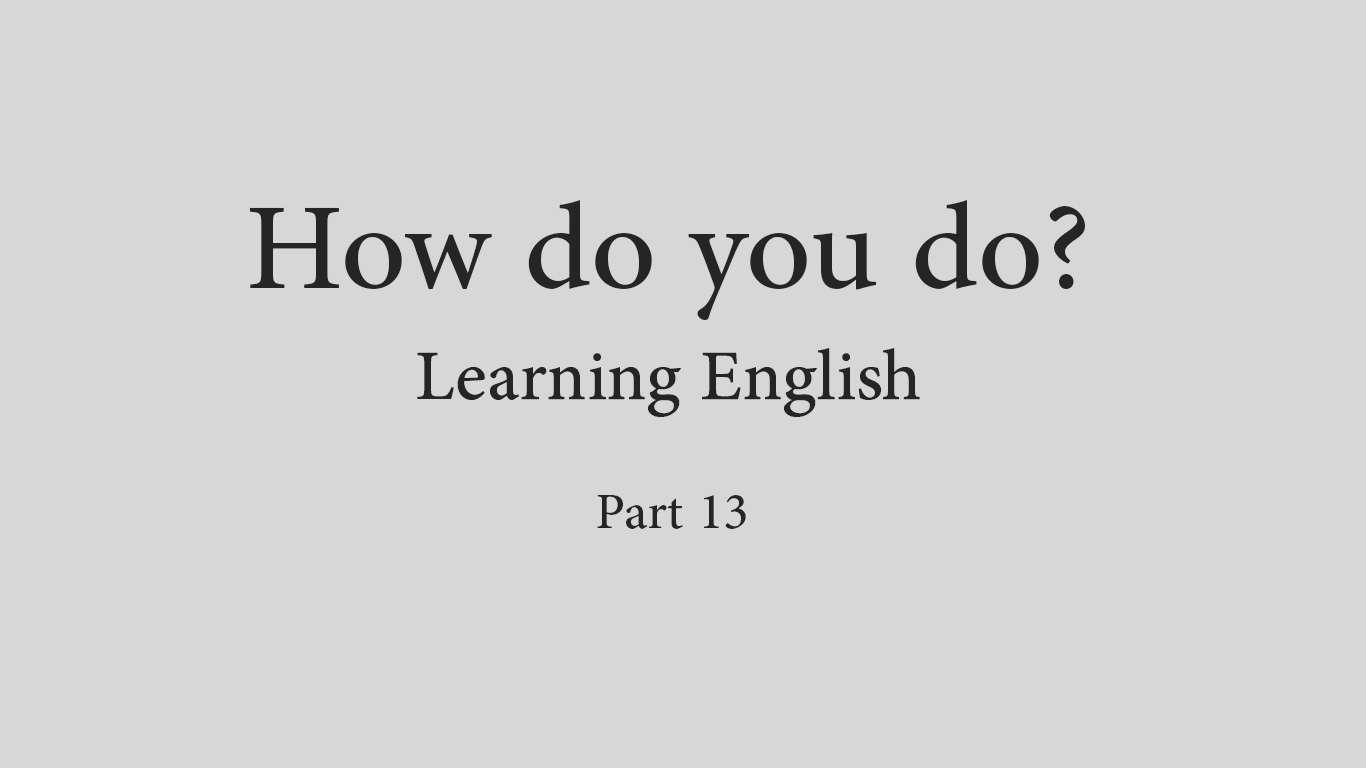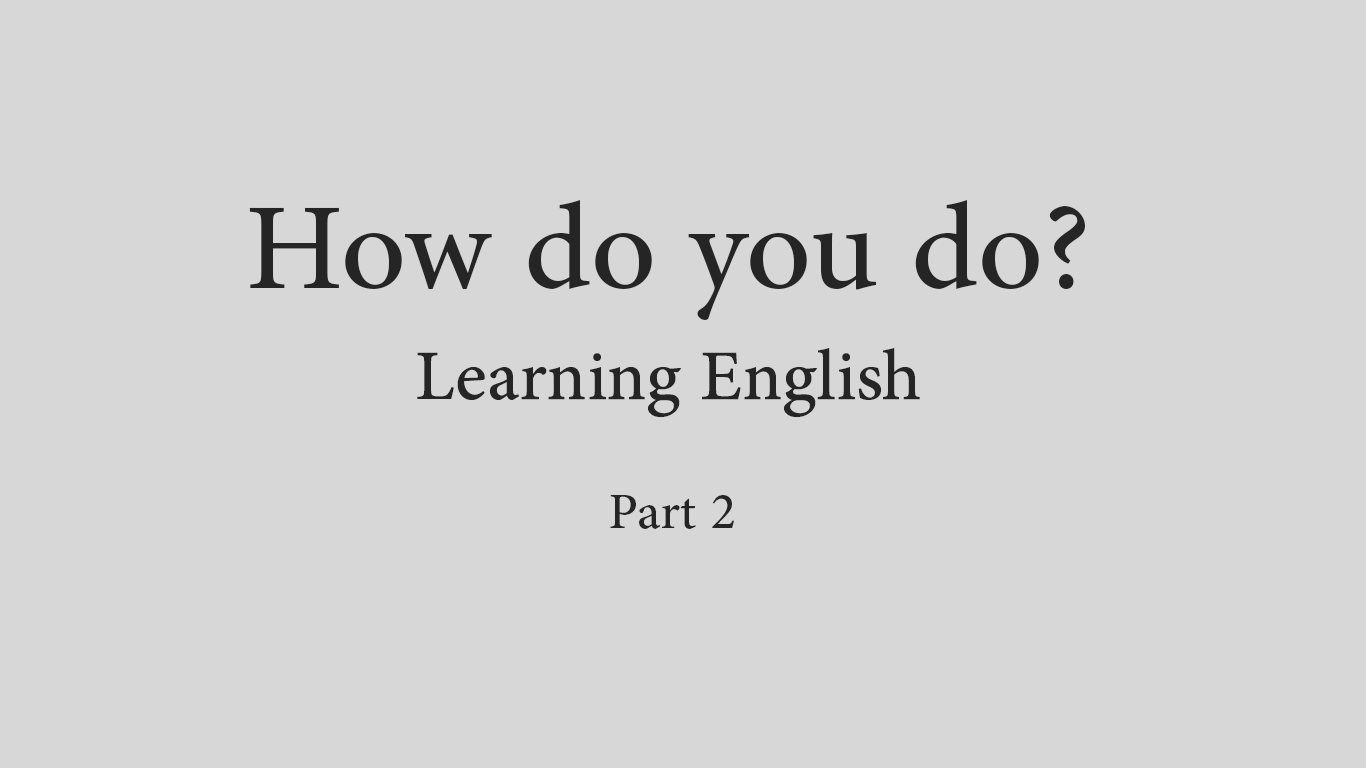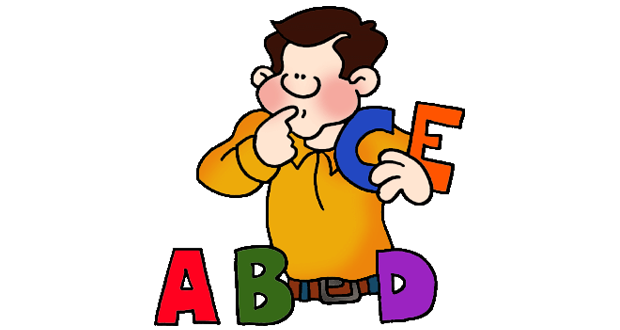آموزش زبان انگلیسی به همراه آشنایی با لندن
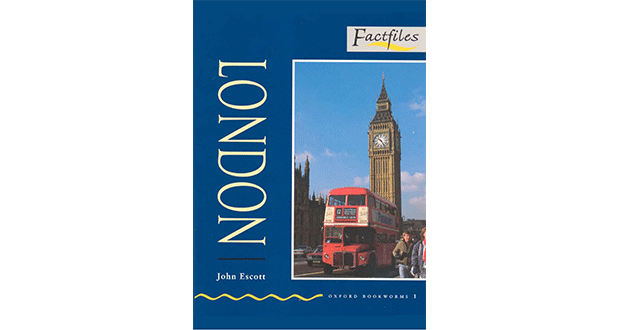
کتاب غیر داستانی LONDON توسط John Escott به انگلیسی بریتانیایی و برای یادگیری زبان انگلیسی نوشته شده است. سطح این کتاب، مقدماتی می باشد، با این حال مطالعه ی آن برای تمام افراد مناسب است. شما با مطالعه کتاب LONDON به همراه آشنایی با شهر لندن، حداقل 200 کلمه یاد می گیرید.
بطورکلی تسلط به زبان انگلیسی، به تقویت چهار مهارت خواندن، شنیدن، صحبت کردن و نوشتن نیاز دارد؛ و بهترین راه برای افزایش و تقویت این مهارت ها، داشتن مکالمات بیشتر و تمرین های بیشتر و بیشتر است. دلیل اصرار بر تمرین و تکرار، این است که شما به جایگاهی برسید که بتوانید به صورت تمام وقت به انگلیسی برنامه ریزی و فکر کنید.
شما می توانید با متن ساده و آسان «LONDON»، یک قدم به بهبود مهارت های یادگیری زبان انگلیسی نزدیک تر شوید. فراموش نکنید در هر سطحی که باشید، ساده ترین تمرین ها نیز به تقویت مهارت های شما کمک می کنند.
ابتدا متن غیر داستانی LONDON را یکبار بخوانید:
LONDON
1. This is London!
Every year, more than nine million people come from countries all over the world to visit London. They go to the theatres and museums; they look at interesting old buildings, many of them hundreds of years old; they sit or walk in the beautiful parks, or have a drink in a pub.
They go to Oxford Street to look at the shops, or to Harrods. Two million visitors go to the Tower of London. A million more go to see St Paul’s Cathedral.
Yes, London is a big and beautiful city with lots to see and do.
But how did it all begin …?
2. In the beginning
The name London comes from the Romans. There were people living here before they came, but we do not know very much about them.
The Romans came to England in AD 43. They built houses and other buildings and made a town next to the River Thames. They called the town Londinium. They built a bridge over the river, and ships came up to Londinium from the sea. The town got bigger and bigger. Important new buildings went up, and you can see some of the Roman city wall today, near the Museum of London.
It was a rich town with about 50,000 people living in it. But soon after AD 400, the Romans left Londinium to go back to Rome, and nobody lived in the town for many hundreds of years. The buildings began to fall down.
Danish soldiers destroyed more buildings nearly five hundred years later. King Alfred was king of England then. He got the Danes to leave London and his men built the town again.
In 1066, William the Conqueror came to England from France to be king. Soon after, he began to build the Tower of London.
When Henry the Eighth was king in 1509, 50,000 people lived in London again. By the year 1600, there were 200,000, but a lot of them lived in old and dirty buildings. In 1665, 100,000 people died from an illness called the plague. This was called the year of ‘The Great Plague’.
A year later, in 1666, there was a big fire – The Fire of London. It began in a house in Pudding Lane, near London Bridge. More than a quarter of a million Londoners lost their homes in the fire. It destroyed St Paul’s Cathedral and eighty eight other churches. But the fire also destroyed most of the worst old buildings, and the new houses that went up after this were better for people to live in.
A new St Paul’s Cathedral was built between 1675 and 1711.
By 1881, more than three million people lived in London. Today, more than six million people live here. There were eight million in the 1960s, but in the 1970s and 1980s, people moved out of the centre of London.
3. Visiting the city
A quick and easy way to get to different places in the city is to use an Underground train. The trains run all day and most of the night. Buy your ticket before you get on the train. It’s better not to make your journey between eight o’clock and ten o’clock in the morning, or four o’clock and six o’clock in the evening. These are called the ‘rush’ hours. Thousands of people are going to work or coming home again then, and it is difficult to move or to find a place to sit on the train.
You can see much more of London from one of its famous red buses. Some special visitors’ buses take you to many of the interesting places in the city on one journey. It takes about one and a half hours, but you can break your journey and get off (and on again) at the different places you want to visit.
London taxis are called ‘black cabs’. Most of them are black, but some are not. You can stop one if it has a ‘For Hire’ sign on it. The drivers are usually friendly and helpful.
Why not take a boat trip along the River Thames? Boats leave Westminster Pier and Charing Cross Pier, and they go to Tower Pier and Greenwich.
Between April and October, you can take a longer boat trip to Hampton Court (about four hours) – a beautiful palace in a big park.
4. Some places to go
The Queen has her London home at Buckingham Palace. It is at the end of The Mall – a long road that begins at Trafalgar Square. At half past eleven most mornings the soldiers at Buckingham Palace ‘change the guard’. It takes about thirty minutes, and hundreds of visitors come to watch.
And in August and September, you can usually visit some of the rooms in the palace. But there are always lots of people coming to see them, so be ready to wait.
You can also visit the Royal Mews at the palace. This is the home of the Queen’s horses and coaches.
The Queen’s Gallery is also at the palace, and you can visit it at most times of the year. Here you can see pictures from all over the world.
The Tower of London is now a museum, and one of London’s most famous buildings. More than two million people visit it every year. Yeoman Warders (also called Beefeaters) tell them all about the Tower.
You can see the Crown Jewels, and visit the Bloody Tower and the White Tower. Or take a walk round the wall and perhaps see one of the Tower’s famous black birds: the ravens.
Tower Bridge is near the Tower of London. It is one of the most famous bridges in the city and first opened in 1894.
St Paul’s Cathedral is not far away, on Ludgate Hill. It was built by Sir Christopher Wren after the Fire of London. Wren built more than fifty London churches. Visitors can go up to the Golden Gallery to look across London.
5. Westminster
Westminster Abbey is more than nine hundred years old, and is a very famous London church. After William the Conqueror, every King and Queen of England was crowned king or queen here.
The Houses of Parliament are near Westminster Abbey. This is the home of the British government. The clock high up on the building is called Big Ben.
The Prime Minister – the head of the British government – lives at 10 Downing Street. Walk along Parliament Street to Whitehall, past the government buildings, and you can see the little street on your left.
Parks and gardens
When you are tired of looking at buildings, you can sit or walk in one of London’s beautiful parks.
Hyde Park has a lake in the middle called the Serpentine, and you can take a boat out on the water.
It is a good place to get away from the crowds and the noise of the city.
You can listen to the speakers at Speakers’ Corner near Marble Arch. People from all over the world come and speak here. You can ask a speaker some difficult questions if you like. Or you can stand on a box and speak to some of the listeners!
Kensington Gardens is next to Hyde Park. Here you can see the statue of Peter Pan, the famous boy in the children’s story, Peter Pan, by J. M. Barrie.
Regent’s Park is the home of London Zoo. The zoo has thousands of birds and animals from all over the world. There is also a theatre in the park. On a summer’s evening, you can sit out under the night sky and watch a play by William Shakespeare, England’s most famous writer.
St James’ Park is next to The Mall. It is smaller, but many people think it is more beautiful.
6. Shops … and eating
The most famous shop in London – some people say the most famous in the world – is Harrods, in Knightsbridge. It opened in 1849.
Oxford Street has many big shops – Selfridges, Marks and Spencer, John Lewis, Debenhams. There are always lots of people looking at the shops here, but at Christmas thousands more people come to see the wonderful Christmas lights – and to buy things for their friends and family for Christmas.
Charing Cross Road is famous for its bookshops. There are lots of them, and they sell old and new books. One of the oldest and most famous is Foyles. It has thousands of books – but it can sometimes be very difficult to find the book you want!
Covent Garden was once a big food market, but now it has lots of small shops and cafes – and there are street performers to watch.
There are two very famous markets in London. Petticoat Lane market (open on Sundays) is in Middlesex Street, and is a good place to buy cheap clothes and things for the home. At the market in Portobello Road (open on Saturdays) you can buy old clocks, old chairs and tables, and hundreds of other things.
You can find food from nearly every country in the world in London. In Soho, in the West End of London, you can eat food from Italy, India, China, Japan, Greece, and lots more places.
There are also thousands of pubs in the city. In many pubs you can eat as well as drink.
Or why not have some English fish and chips? They are cheap, and good to eat.
Or you can have ‘tea’ at the Ritz in Piccadilly, or at the Savoy Hotel in the Strand.
7. Going out
Theatres and music
London’s West End has some of the best theatres in the world, so tickets can be expensive. Go in the afternoon; it is often cheaper. There is something for everybody – from a play by the Royal Shakespeare Company at the Barbican Theatre, to Agatha Christie’s The Mousetrap (this play began in 1952 and thousands of visitors see it every year).
There are lots of cinemas to visit. The most expensive are in the West End, but you can sometimes get cheap tickets on Mondays.
You can hear wonderful music and singing from all over the world at the Royal Opera House in Covent Garden, the Royal Albert Hall in Kensington Gore, the London Coliseum in St Martin’s Lane, and the Barbican Centre, Silk Street.
For ballet, go to the Sadler’s Wells Theatre in Rosebery Avenue, or to the Royal Opera House.
To get cheap tickets, buy them an hour or two before it begins.
Do you like to listen to jazz musicians? You can hear some of the best at Ronnie Scott’s Club in Frith Street, or at the Bull’s Head, Barnes at Barnes Bridge, or at 100 Club at 100, Oxford Street.
Sport
Some of the most famous English football clubs are in London. You can see Arsenal play at Arsenal Stadium, Avenell Road, N5. Chelsea play at Stamford Bridge, Fulham Road, SW6, and Tottenham Hotspur play at White Hart Lane, High Road, N17.
To watch the very English game of cricket, go to Lord’s Cricket Ground in St John’s Wood, NW8. This is the ‘home of cricket’ for most English people.
8. Museums and galleries
The British Museum in Great Russell Street is the biggest museum in Britain. Tickets are free.
The Museum of London at 150, London Wall is one of the most interesting museums in the city. It tells the story of London and its people.
One more museum that tells a story is the Museum of the Moving Image (MOMI), on the South Bank (under Waterloo Bridge). This tells the story of cinema and television, and there are many things for visitors to see and do. You can act with actors on a film ‘set’. Or you can read the news on TV!
Four million people visit the National Gallery in Trafalgar Square every year. They come to look at more than two thousand pictures. Tickets are free.
At the National Portrait Gallery in St Martin’s Place, you can see pictures of famous people. Tickets are free here, too.
The London Dungeon in Tooley Street is a ‘Museum of Horror’. Half a million people visit it every year, but they don’t always stay to see it all!
Madame Tussaud’s in Marylebone Road is famous for its people made from wax. You can see famous people from the past and famous people of today – Abraham Lincoln, Mahatma Gandhi, Nelson Mandela, Pavarotti, Marilyn Monroe, Charlie Chaplin, Sylvester Stallone. And in the ‘Chamber of Horrors’ you can see some very bad people!
9. Places and parades
The City
Londoners often talk about ‘The City’. They are talking about the oldest part of London, the home of the Bank of England, and many other big offices.
About five thousand people live in The City, and at weekends it feels empty. But between Monday and Friday, nearly half a million people come here to work in the banks and offices. Look for the City men with their dark suits and umbrellas!
St Paul’s Cathedral is in the middle of The City, and the Bank of England has an interesting museum that you can visit.
Also in the The City is a very tall building – 60.6 metres high – called The Monument. Christopher Wren built this, too, and it stands on the place where the Fire of London began in 1666.
Some interesting and exciting days
Every year on a Saturday morning in June, ‘foot guards’ and ‘horse guards’ have a parade for the Queen. This is called ‘Trooping the Colour’. The ‘colour’ is the flag that the soldiers carry. Thousands of people stand in The Mall to see the Queen and the soldiers go past.
The exciting Notting Hill Carnival is on the last Sunday and Monday in August. There are two wonderful parades to watch, one on Sunday and one on Monday, and you can see them going through, the streets near Portobello Road and Ladbroke Grove.
On the second Saturday in November, Londoners can see their new Lord Mayor in the Lord Mayor’s Show – a parade from Mansion House, the Lord Mayor’s home, to the Strand. The Lord Mayor is the most important person in The City after the Queen. The first Mayor of London was Henry Fitzailwin, in 1189. They were not called Lord Mayors until the time of King Henry the Eighth.
Big red buses… London policemen… Buckingham Palace… Speakers’ Corner… Big Ben… Notting Hill Carnival – these are some of the things you can find in London.
But there are many, many more.
Come and see!
لغات مهم (Vocabulary) کتاب
سال | Year |
مردم | People |
کشور | Country |
جهان | World |
بازدید – ملاقات | Visit |
همان Theater به معنای تئاتر | Theatre |
موزه | Museum |
جالب | Interest |
قدیمی – کهنه – گذشته | Old |
ساختمان | Building |
صد | Hundred |
نشستن | Sit |
راه رفتن | Walk |
قشنگ – زیبا | Beautiful |
نوشیدن | Drink |
کافه | Pub |
خیابان | Street |
مغازه – فروشگاه | Shop |
بازدید کننده – مهمان – توریست | Visitor |
برج | Tower |
کلیسا | Cathedral |
زندگی کردن | Live |
دانستن – خبر داشتن – شناختن | Know |
گذشته Build – ساختن | Built |
شهر | Town |
رودخانه | River |
پل | Bridge |
کشتی | Ship |
دریا | Sea |
مهم – با اهمیت | Important |
گذشته Go | Went |
دیوار | Wall |
امروز | Today |
نزدیک | Near |
ثروتمند – گرانبها | Rich |
به زودی – طولی نکشید | Soon |
هیچ کس | Nobody |
گذشته Begin | Began |
سقوط کردن – پایین افتادن | Fall Down |
سرباز | Soldier |
نابود کردن – خراب کردن – از بین بردن | Destroy |
پادشاه | King |
دوباره – مجدد | Again |
فاتح – کشورگشا – پیروز | Conqueror |
کثیف | Dirty |
مردن – جان دادن | Die |
بیماری | Illness |
طاعون | Plague |
آتش – آتش سوزی | Fire |
یک چهارم | Quarter |
از دست دادن – گم شدن – زیان دیدن | Lost |
کلیسا | Church |
بین – میان | Between |
همان Center به معنای مرکز | Centre |
سریع | Quick |
آسان | Easy |
راه | Way |
مختلف – متفاوت | Different |
قطار زیر زمین – راه آهن زیر زمینی | Underground Train |
خرید – خریدن | Buy |
بلیط | Ticket |
سفر – سیاحت | Journey |
صبح | Morning |
ساعت | O’clock |
عصر – غروب | Evening |
عجله – ازدحام – فشار | Rush |
وقت – ساعت | Hour |
هزار | Thousand |
سخت – دشوار – مشکل | Difficult |
مشهور – معروف | Famous |
اتوبوس | Bus |
تاکسی | Taxi |
کرایه کردن | Hire |
راننده | Driver |
دوستانه – مهربان – خودمانی | Friendly |
مفید – کمک کننده | Helpful |
قایق – کشتی کوچک | Boat |
سفر – گردش | Trip |
اسکله | Pier |
ملکه | Queen |
میدان | Square |
اسب | Horse |
مربی – کالسکه | Coach |
گفتن – تعریف کردن – بیان کردن | Tell |
جواهرات سلطنتی | Crown Jewels |
پرنده | Bird |
کلاغ | Raven |
خیلی دور | Far Away |
تاج گذاری | Crown |
دولت | Government |
نخست وزیر | Prime Minister |
سر – رئیس – راس | Head |
باغ – بوستان | Garden |
خسته | Tired |
دریاچه | Lake |
وسط – میانه | Middle |
جمعیت – ازدحام – شلوغی | Crowd |
سر و صدا | Noise |
صحبت کردن – سخن گفتن | Speak |
تندیس – مجسمه | Statue |
آسمان | Sky |
تماشا کردن | Watch |
نویسنده | Writer |
نور – چراغ | Light |
بازار | Market |
نوازندگان خیابانی | Street Performers |
ارزان | Cheap |
صندلی | Chair |
میز | Table |
خوردن – غذا خوردن | Eat |
گران | Expensive |
بعد از ظهر | Afternoon |
شنیدن – گوش کردن | Hear |
فوق العاده – شگفت انگیز | Wonderful |
خیابان – خیابان وسیع | Avenue |
دوست داشتن | Like |
ورزش | Sport |
باشگاه | Club |
سیاه چال – زندان | Dungeon |
ترس – ترسناک | Horror |
موم | Wax |
گذشته | Past |
دفتر – اداره | Office |
آخر هفته | Weekend |
احساس کردن | Feel |
خالی – تهی | Empty |
کت و شلوار – یک دست لباس | Suit |
چتر | Umbrella |
مهیج | Excite |
رژه | Parade |
حالا فایل صوتی زیر را پخش کنید (Play) و به همراه خواندن متن کتاب، به آن گوش دهید.
توانایی خود را بسنجید.
Checking your understanding
1. How many visitors go to the Tower of London every year?
2. Who gave London its name?
3. In 1666, a lot of Londoners lots their homes. How?
4. When is it better not to make your journey on the Underground?
5. Where and when can you see soldiers ‘change the guard’?
6. Who built St Paul’s Cathedral?
7. Where and what is Speaker’s Corner?
در پایان بد نیست چند کلمه را به انگلیسی نیز معنی کنیم. چند کلمه ساده و متداول را از متن بالا انتخاب کرده ایم، تا شروع خوبی داشته باشیم.
1. act to be in a play or film
2. bank a place where you keep money
3. cathedral a big, important church
4. church a building where people go to talk and sing to God
5. destroy break something so that you can’t use it again
6. fall down move quickly down to the ground
7. fire something hot that destroys things
8. food the things we eat
9. gallery rooms where you can go to look at pictures
10. government the people who say what must happen in a country
11. king the most important man in a country (often husband of a queen)
12. market a place in the street where you can buy and sell things
13. museum a building to keep beautiful, old and interesting things for people to look at
14. music a nice noise to listen to when people sing or play something
15. park a place where there are trees and grass, and where people can walk and sit
16. place where something or someone is
17. pub a building where people drink and talk to their friends
18. queen the most important woman in a country (often wife of a king)
19. soldier a man or woman who fights for their country
20. speak say something
21. theatre a building where you can see plays and hear music
22. world all seas and countries are on it, and all people and animals live on it
هیچ فرصتی را برای یادگیری زبان انگلیسی از دست ندهید.
[toggle title=”برای مشاهده منابع اینجا کلیک کنید.” state=”close” ]
مقاله آموزشی «آموزش زبان انگلیسی به همراه آشنایی با لندن»، نتیجه یک فعالیت گروهی می باشد که تحقیق و پژوهش، گردآوری، ترجمه لغات و نگارش آن توسط هیئت تحریریه پورتال یو سی (شما می توانید) و میکس و آماده سازی فایل صوتی داستان، توسط واحد چند رسانه ای پورتال یو سی (شما می توانید) انجام شده است. در این راستا کتاب London نوشته ی John Escott، منتشر شده توسط انتشارات دانشگاه آکسفورد در 1995 با شابک 0194228010 به عنوان منبع اصلی مورد استفاده قرار گرفته است.
[/toggle]
